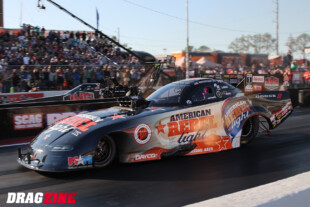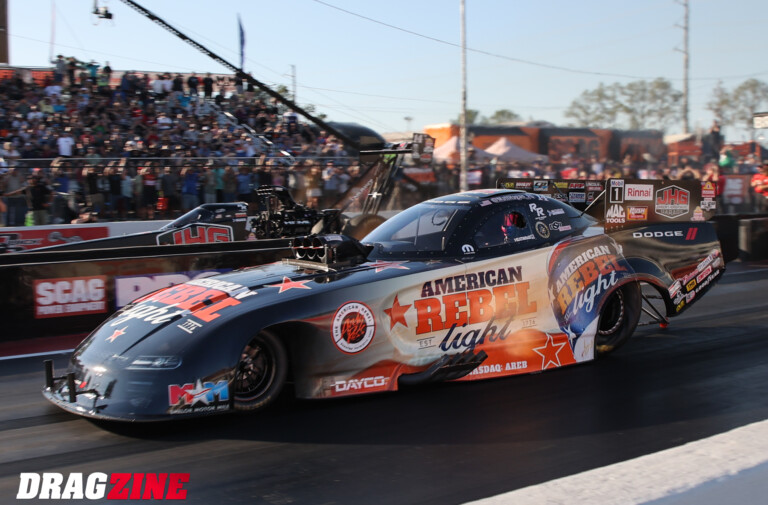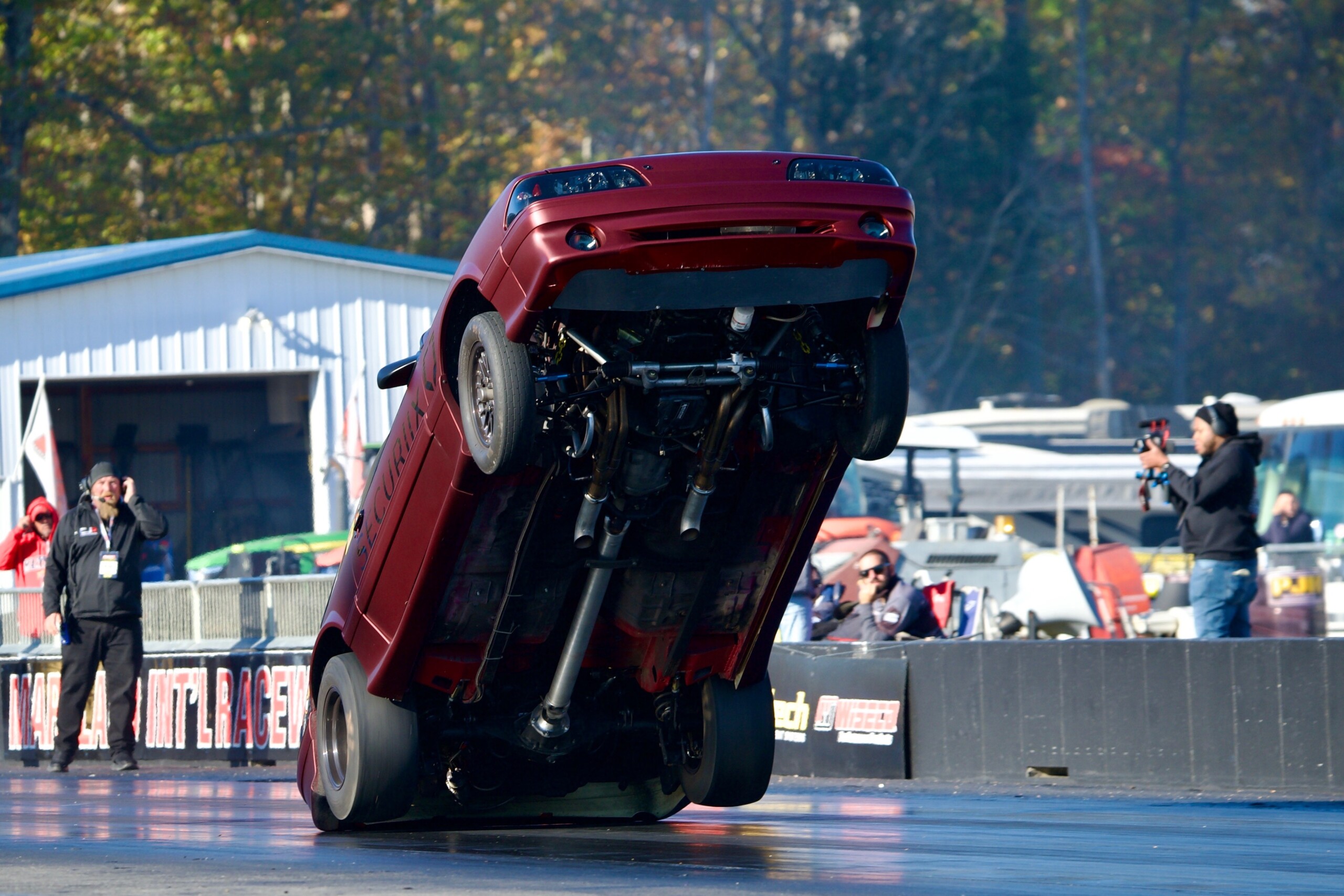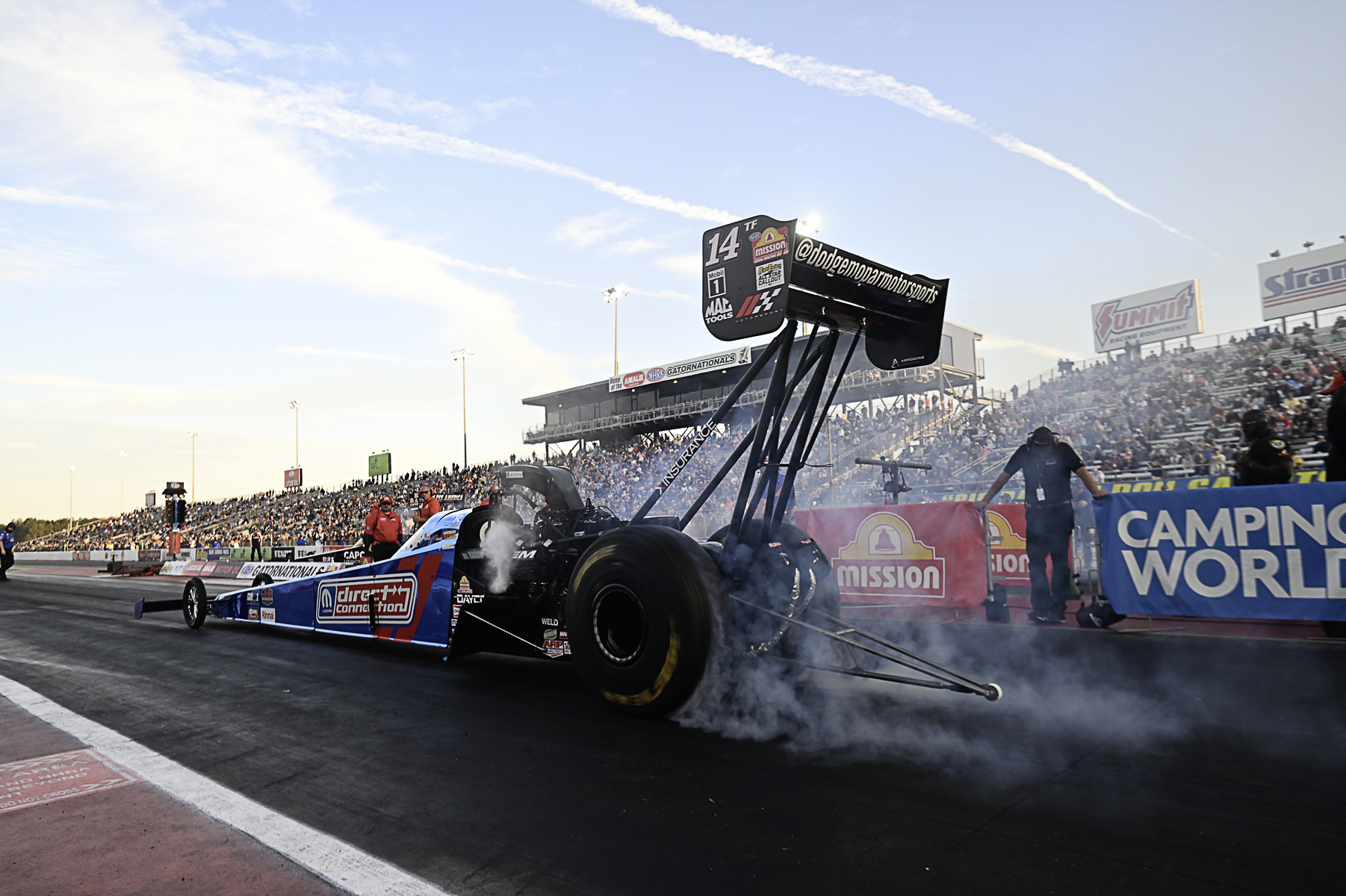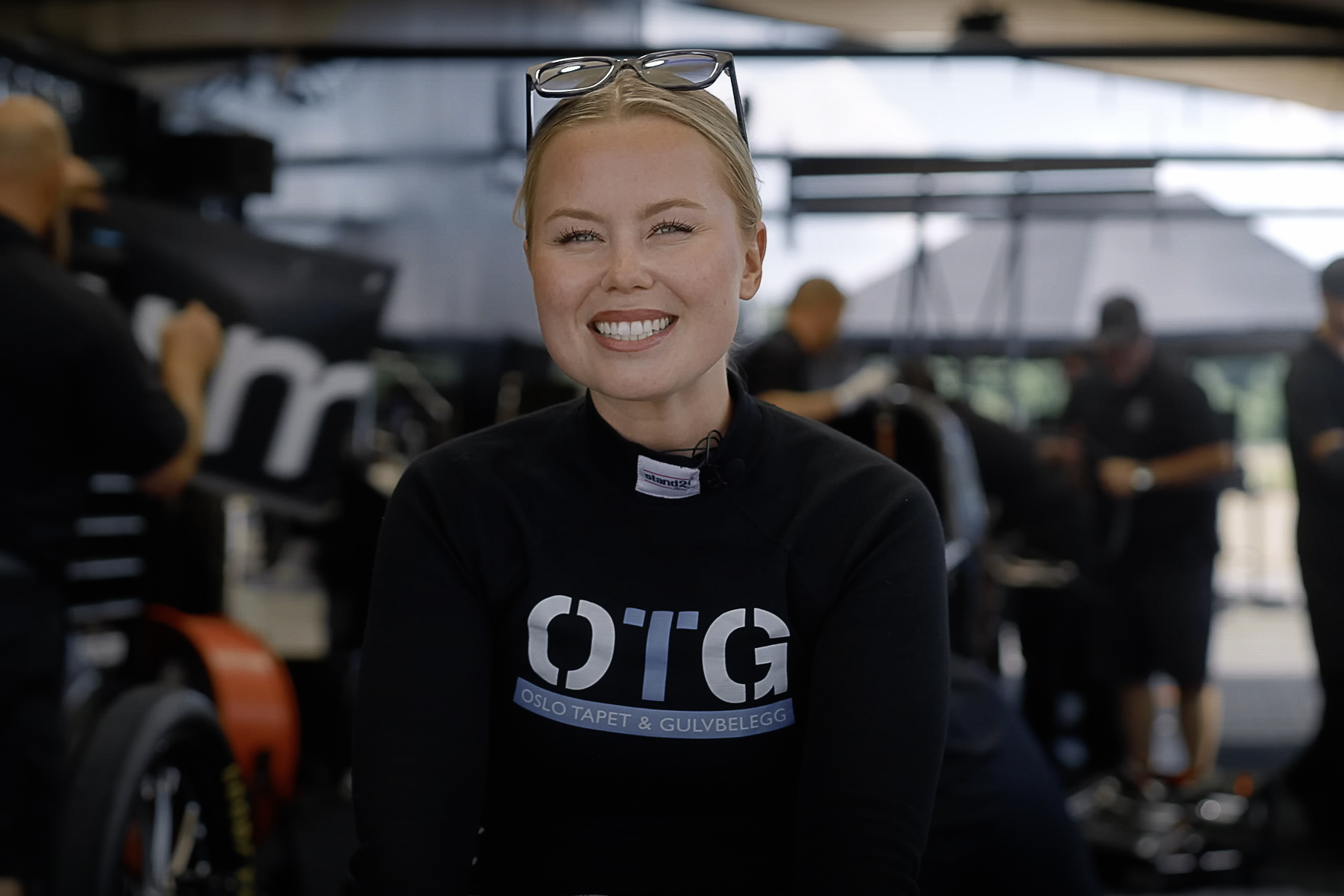Let me introduce you to my local dragstrip – the Little River Dragway. Located just outside the small town of Academy, Texas, (population 1,961) it’s the only quarter-mile drag strip between Dallas and San Antonio, serving all of Central Texas and beyond. Admittedly, it’s not much to look at on the surface, but it is one of the most unique and scenic settings you’ll find a drag strip nestled into anywhere in the country. Huge trees line almost the entire length of the track on both sides, and a river actually runs through the land just behind the burnout box, hence the name “Little River.”
But what this little drag strip lacks in polish and refinement, it more than makes up for in longevity and sheer grit. This year marks Little River Dragway’s 55th anniversary. Back in 1957, a gent named Jerry Tomastik built the dragway out of an abandoned stretch of black top left-over when Texas Highway 95 was updated. In that five-and-a-half decade time span, Little River has hosted drag racing greats like Don Garlits and John Force, along with tens of thousands of other amateur racers just looking for a safe place to go all-out their souped-up car. Even today, on any given Friday or Saturday night you might see anything from a youngster in his stock Honda, to a full-blown alcohol fueled dragster make a pass down Little River’s blacktop.
Takin’ Care of Business
Little River Dragway is the longest continually operated and sanctioned dragstrip in the entire State of Texas; an impressive accomplishment, especially considering the recent hard times that have fallen on dragstrips all over the country. I want this editorial to be about doing our part to save local tracks, but let’s be honest from the get-go: as emotionally attached as we might get to one, a drag strip is ultimately a business. The owners will find themselves subject to the exact same basic laws of economics as any other business venture. They have to be well managed, well marketed, and well maintained with continual reinvestment. Ones that are well managed and that make wise economic decisions will thrive in the good times, and survive even in the worst of times. Again, it’s just like any other business.
Keep Your Local Track In-Demand
What I really want to focus on is the other economic factor that drag strips and other businesses are subject to: demand for their products and services. For a drag strip to continue to exist there has to be a relevant demand for what they offer, and we racing enthusiasts are the ones that can create that demand. If we aren’t putting the blacktop to use at every chance we get, and attending their events as often as we can, then there’s a good chance that there eventually won’t be enough demand for a dragstrip to go on operating – no matter how well it’s managed.
Here’s my appeal to you as fellow enthusiasts: Get out to your local track as often as you can. If you’re an experienced racer who’s been out of the sport for a while for whatever reason, dust off that door-slammer and get out the dragstrip again. Why not? If you’re a drag racing noob, and have never even so much as chirped the tires in your V6 Camaro, go out to the next Test-and-Tune and make a few passes for fun. I promise that you’ll be hooked from the very start. Sitting on the couch on Saturday morning with nothing to do? See if an event is going on at your local track and take the kids out for a fun afternoon at the dragstrip – and while you’re at it, take the opportunity to teach them all you know about racing. The next generation of enthusiasts has to get their love for cars somewhere, right?
We can’t really do much about how a dragstrip is managed, continual urban sprawl, or noise ordinances that sometimes take tracks down, but we can control how much demand we create for their services. Let’s do our part as enthusiasts to ensure that there are still plenty of drag strips, like my own Little River Dragway, that will be around for the generations of racers to come.











